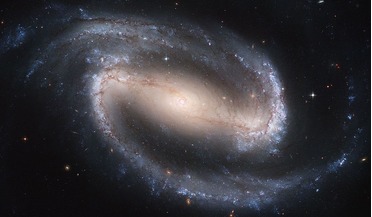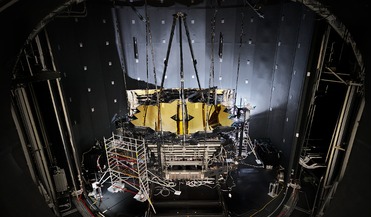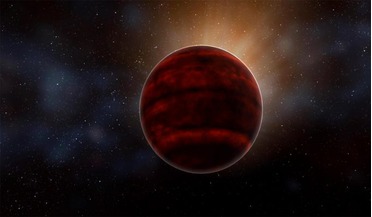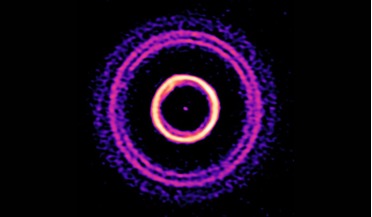 03 October 2021
The Chandra X-ray Observatory
03 October 2021
The Chandra X-ray Observatory
... describe the spacecraft and the many astronomical sources of x-rays it is designed to observe - from stars and planetary systems to supernovae, galaxies and supermassive black holes. As an academic text, it comes complete with the usual panoply...
 17 February 2017
Researchers suggest a new natural law can explain the rotation of galaxies
17 February 2017
Researchers suggest a new natural law can explain the rotation of galaxies
... that we truly have a universal law for galactic systems," said Federico Lelli, formerly an astronomy postdoctoral fellow ...thought of in a similar way to Kepler’s Laws for planetary systems, which does not care whether the planet is rocky like ...
 22 November 2017
JWST completes crucial cryogenic test
22 November 2017
JWST completes crucial cryogenic test
... to 'see' the birth places of star and planetary systems and therefore observe processes which would normally be obscured ...have also been at the forefront of the multi-wavelength interferometer system that will be used on the JWST. This involved the...
 28 February 2018
Habitability of nearest exoplanet in doubt after powerful flare
28 February 2018
Habitability of nearest exoplanet in doubt after powerful flare
...Centauri – the nearest star to us – casts doubt on whether the Solar System’s nearest exoplanetary neighbour, Proxima b, which orbits the red dwarf star, would be suitable... yet that indicates the star has a rich planetary system like ours.”
 17 June 2019
Filling in the gaps of Jupiter-like planet formation
17 June 2019
Filling in the gaps of Jupiter-like planet formation
...replaced by an isolated outer region composed of an intricate system of thin rings and gaps. This perplexing and never seen... progress on interpreting these sharp rings seen in young planetary systems. Here, one small planet interacting with tiny dust ...
 09 October 2019
This year's Physics Nobel Prize winners
09 October 2019
This year's Physics Nobel Prize winners
... being discovered, with an incredible wealth of sizes, forms and orbits. They challenge our preconceived ideas about planetary systems and are forcing scientists to revise their theories of the physical processes behind the origins of planets. With...